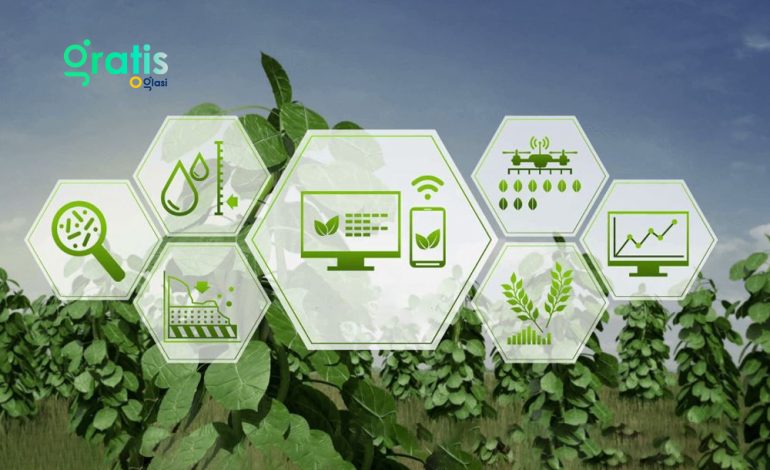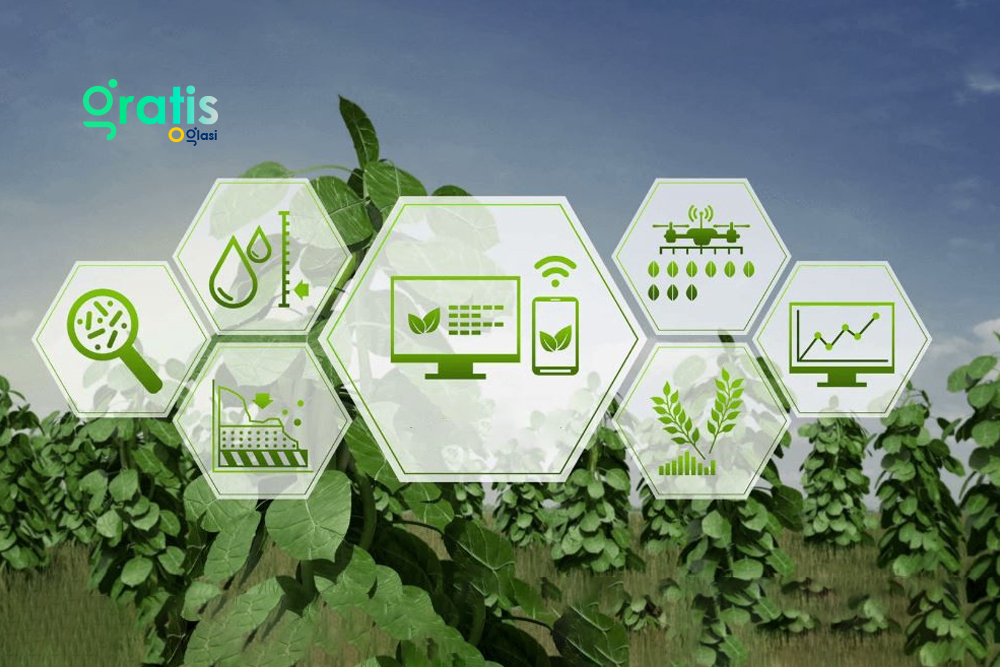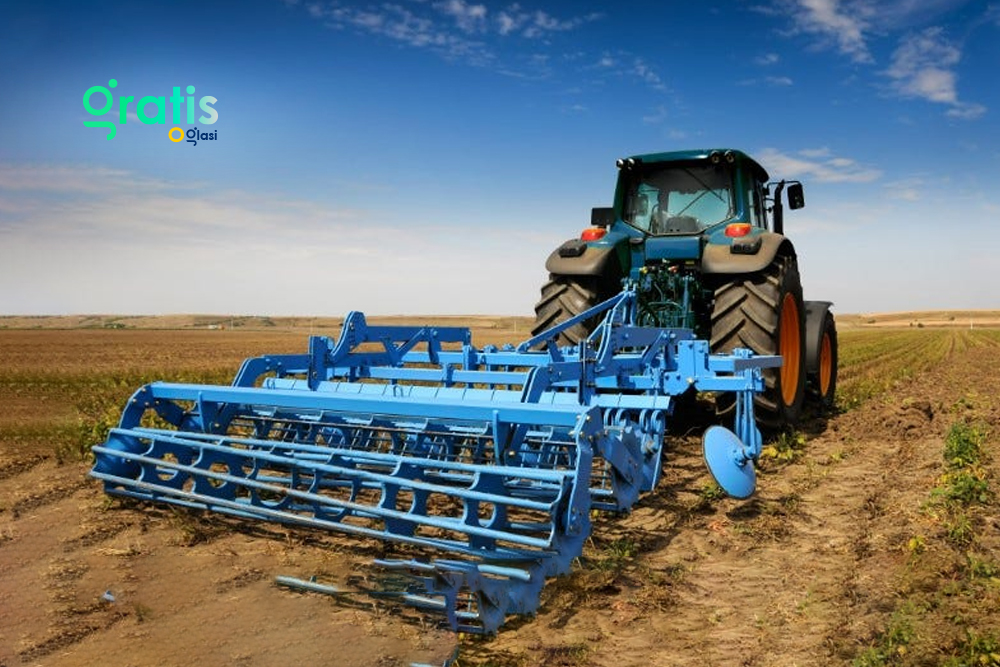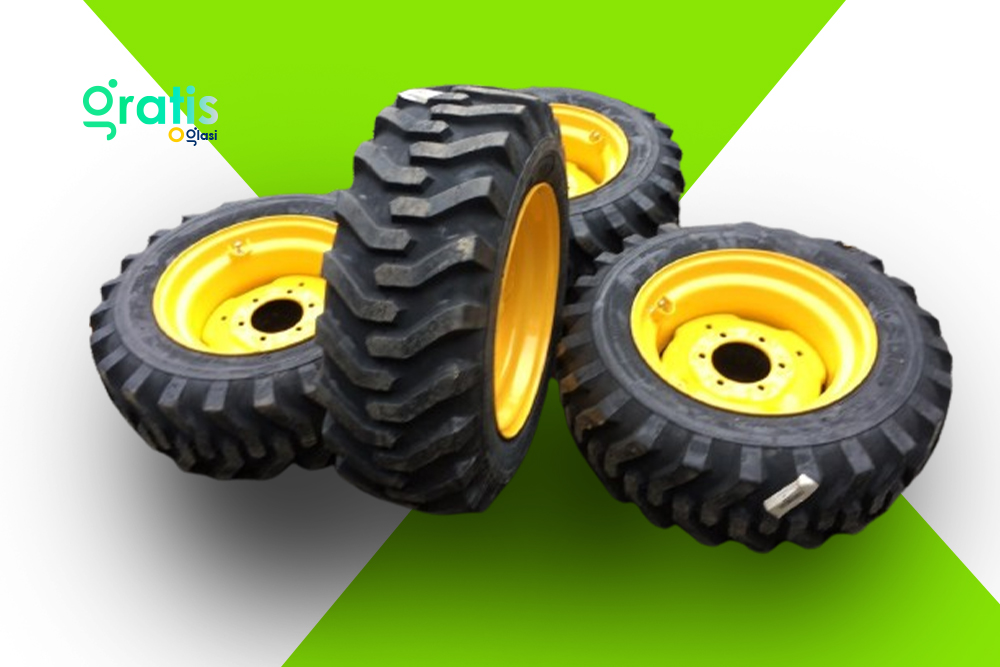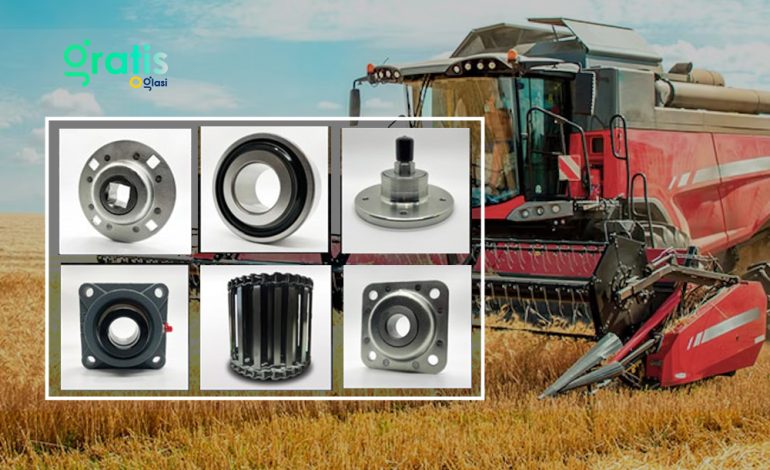
Agricultural Machinery Parts Brief Overview
The agricultural machinery parts technology that make it possible for farming to be as efficient and productive as it is today would not be possible without them. In this section, we go into more depth about the deep meaning of these complicated parts. Farming machines, from the engines that power tractors to the cutting-edge technology built into harvesters, all have parts that work together to make them work well. Some parts of farming equipment change the land in ways that aren’t directly related to their purpose.
These parts make things easier and are very important for fixing problems like environmental damage and food poverty. The next stop on our tour is the interesting history of how farming technology has changed over time. See for yourself how improvements in the design and usefulness of machines have changed the farming industry. Tech has transformed crop planting and harvesting from early farming to today’s precision agriculture.
An Unraveling of Agricultural Machinery Parts Historical Shade
As we dig deeper into the past, we find more and more complicated layers of shade around agricultural machinery parts. We will go back in time as we look into the history of mechanical farming. Discover the evolution of farming shadows, from initial improvements to today’s intricate systems. Explore the history of farming equipment, understand its impact on the present, and anticipate a bright future with us.
Early Innovations in Farming Equipment
Smart ideas that changed the way people worked the land led to the development of agricultural machinery parts. This part will talk about the first inventions that made it possible for farming to be done by machines. Several revolutionary events, starting with the creation of simple hand tools and ending with the creation of basic machinery, laid the groundwork for the high-tech things we use today. When we look back, we can see how clever the first farmers were. They made tools to make their work go further because they were so hungry. Discover how the simple wheel, plow, and other early inventions made farming much more efficient, which changed things for the better.
Milestones in Agricultural Machinery Parts Development
In this part, we’ll look at the most important events in the past of farm equipment. We show how farming technology has changed over time, from the first machines with engines to the modern harvesters with their many complicated parts. Find out how farming tools like engines, gearboxes, and hydraulic systems have changed over time as they go from being hand-cranked to being motorized. With each new invention, engineering has made farming one step closer to being as efficient, large, and accurate as it should be. Join us as we untangle the historical web of groundbreaking ideas and turning points in the development of farming machinery parts. If we take the time to learn about it, farming technology has a bright future ahead of

Types of Agricultural Machinery parts
agricultural machinery parts are made up of many different tools that are essential to modern farming. There is a wide range of machines in this category, from strong workhorses like tractors that can do many jobs in the field to efficient harvesters that can pick crops precisely. Because their engines, gears, and hydraulic systems are so complicated, tractors are the most important machines used in farming.
Tractors, agricultural machinery parts Components
Tractors are large machines used in farming today. To get the most out of them, you need to know everything there is to know about them. The Engine Systems are where we start our investigation because they are in the middle of these machines. We’ll get into the details of the technical marvels that make farming possible, talking about things like horsepower dynamics and fuel economy. As we move through the tractor’s body, we easily get to the parts of its transmission and drive train.
This part talks about how the tractor works and how the gears, clutches, and axles all work together to make the tractor as efficient as possible and make moving quickly through big fields possible. We’ll keep looking into hydraulic systems, which are an important part of any truck. We will talk about the complicated hydraulics that make farm equipment so useful in this part. These days, tractors are very useful and flexible tools for farming. We look at the complicated parts that make them work, like the tools that lift and the controls for the attachments.

Harvesters and Their Integral Parts
For crop gathering to go smoothly, you need to know a lot about the different parts of harvesters, which are the pinnacle of precision farming. In Cutting Mechanisms, we look at the cutting-edge technology that harvesters use to get around. Starting with traditional blades and moving up to cutting-edge lasers, this part shows the progression of tools that make crop harvesting quick and accurate. The next thing we’ll look at are the Threshing Units, which are an important part of harvesters. In the middle of this picture is equipment that is used to gather wheat from its stalks. Understanding these processes is crucial for maximizing food yield and maintaining harvest quality during this critical period.
Precision Farming Technology
Precision farming revolutionizes agricultural machinery practices, aiming to maximize efficiency by controlling crops and optimizing available resources. Discover the technological marvels that are increasing output as we explore the fundamentals of precision agricultural technology.
Sensors and GPS Integration
Sensors and GPS are game-changers in modern agricultural machinery, providing real-time data for informed decision-making. Various sensors are integral in this growing technological landscape, particularly in precision farming. From climate sensors to highly sophisticated soil moisture detectors, these sensors cover it all. These sensors convey insightful information about the specific needs of the soil and weather. Soil moisture monitors enable precise regulation of watering, ensuring proper irrigation by displaying soil moisture levels. Similarly, weather stations document relevant meteorological data such as temperature, humidity, and precipitation, allowing farmers to adapt their practices appropriately.
Integrating GPS and sensors for accurate field mapping is becoming an increasingly useful tool for farmers. GPS technology provides farmers with detailed maps, enhancing their understanding of fields.

Smart Agriculture Implementations Unveiled
Artificial intelligence (AI)-controlled technologies are revolutionizing farming operations. The employment of complex algorithms to decipher sensor data makes these systems cutting-edge. A remarkable degree of decision-making autonomy with far-reaching implications for agricultural machinery parts practices is the final product. By leveraging AI, precision farmers are bringing about a new era of smart and adaptive farming practices. This includes optimizing planting patterns and dynamically adjusting irrigation according to real-time weather predictions.
Meanwhile, data analytics reveals the crucial role of using the floods of data generated by smart instruments and sensors in precision agriculture.
Navigating Agricultural Machinery Parts Maintenance Essentials
Keeping farming equipment in good shape and fixing problems is important for getting the most out of it. What the first part, Routine Checks and Lubrication, says is very important: you need to do thorough lubrication processes and regular inspections. It checks everything, from the fluid amounts to the tire pressure, and it shows how well-kept machines can work well for a long time. In the second part, “Common Issues and Troubleshooting,” problems that can happen while using tools are looked at in more detail. In terms of Engine Problems, we advise on how to find strange things and make engines run better. Next, we’ll talk about problems with hydraulic systems. Farmers can use this part to find and fix problems like leaks and pressure issues.

The third part, Electrical Component Maintenance, tells you how to check wiring, find problems, and do regular maintenance so that machinery is safe to use and effective. This large guide’s main goal is to teach farmers how to do regular maintenance, grease when needed, and fix common problems. For one thing, this speeds up the repair process and makes farming equipment last longer and work better, which makes things run more smoothly and efficiently.
Cost-Benefit Dynamics of Agricultural Machinery Parts Investment
The Cost-Benefit Analysis section gives you a big-picture view of the different farming machinery investments you can make.
Evaluating Investments in Quality Parts
We’ll show farmers how to weigh the pros and cons of buying high-quality tractor parts in this area. By carefully weighing the costs and benefits of these things over time, farmers can make an informed choice about the value offer of high-quality parts. Farmers can make smart choices that will help their machines work better and last longer by looking into things like better performance and longer sturdiness.
Long-Term Economic Benefits for Farmers
This part looks at the bigger picture and shows how buying good parts now will pay off in the long run. In addition to talking about the costs upfront, it also goes into detail about how these investments lead to better long-term efficiency, less upkeep, and more production. By thinking about these long-term economic benefits, farmers can make decisions that are good for their businesses now and for the future of farming that is safe and profitable. This in-depth analysis makes sure that financial choices are in line with both the short-term needs and the long-term success of farming projects.
Frequently Asked Questions (FAQs)
Precision farming technology can’t work without sensors and GPS integration. These tools now give farmers real-time information about the weather and the state of the soil, which can help them make better decisions. AI-controlled systems make farming even more accurate by changing what is done automatically based on data analysis.
To make sure your agricultural machinery parts last as long as possible, you need to keep them in good shape. Regular checks and lubrication help keep everything running easily and efficiently. This way, problems can be found early and fixed quickly. A farmer can save money, avoid having to fix things, and keep their equipment working smoothly with this method.
Investing in good agricultural machinery parts is good for the business in the long run. It may cost more upfront to buy high-quality parts, but they pay for themselves over time by being more efficient and last longer. The farmers will make good money by investing in this because it raises total productivity while lowering maintenance costs.
Conclusion
Getting to know the world of farming equipment helps us understand how crucial agricultural machinery parts are to the success of modern farming. Take an interesting trip that explores the history of farming and how it has affected current technology. The engines, the AI-controlled systems, and every other part of the gear all work together to make it function seamlessly. Early breakthroughs and milestones, which showcase technological wins, play a key role in making farming more efficient. Precision farming, the need for upkeep, and cost-benefit analysis are some examples of cutting-edge technology that puts long-term viability first. With this wide-ranging knowledge, agriculture can safely embrace new ideas for a future that is both environmentally friendly and productive.


